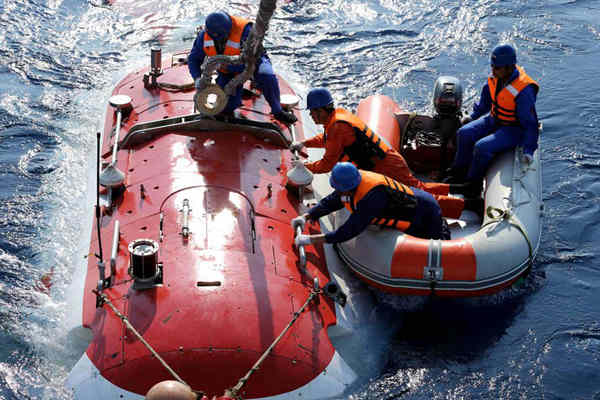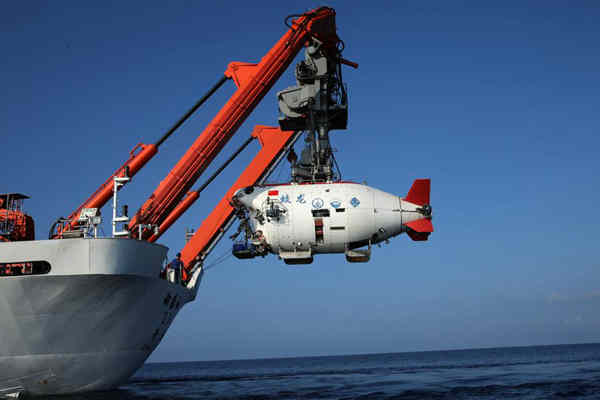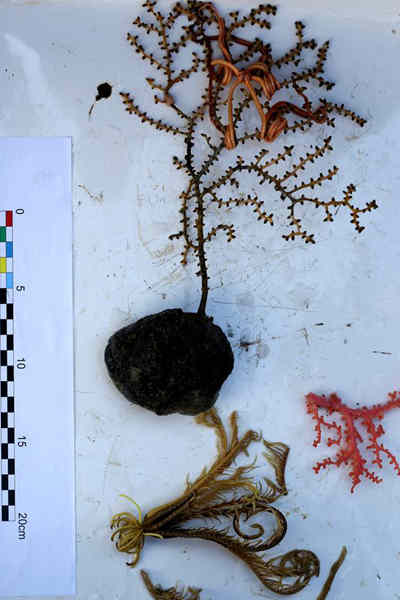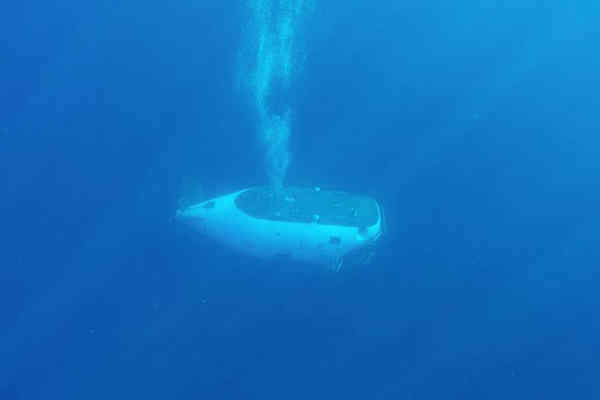
Frogmen prepare to return to the ship “Xiangyanghong 09” from Jiaolong in South China Sea, May 5, 2017. Jiaolong, China’s manned submersible, discovered a collection of polymetallic nodules in Puyuan Seamount in the South China Sea on May 5. [Photo/Xinhua]
ABOARD SHIP XIANGYANGHONG 09 — Jiaolong, China’s manned submersible, discovered a collection of polymetallic nodules in Puyuan Seamount in the South China Sea on May 5.
Jiaolong was underwater for six and a half hours on the second stage of China’s 38th ocean scientific expedition, which will last until May 13.
“Learning the distribution of polymetallic nodules will help us to choose a site for experimenting with collection, which is one of the main goals of the mission,” said Wu Changbin, general commander of the second stage of the expedition.
Polymetallic nodules contains more than 10 kinds of elements including manganese, iron, copper, nickel and cobalt.
Three crew in the submersible brought back samples of seawater from near the seabed, sediment, high-definition photographs and video footage.
They also brought back a sea lily and a branch of red coral in the sample of polymetallic nodules 2,000 meters deep beneath sea surface.
The maximum depth of the dive was 2,029 meters.

Jiaolong, China’s manned submersible, is about to dive into South China Sea, May 5, 2017. Jiaolong discovered a collection of polymetallic nodules in Puyuan Seamount in the South China Sea on May 5. [Photo/Xinhua]

Photo taken on May 5, 2017 shows biological samples taken by China’s manned submersible Jiaolong in South China Sea. Jiaolong discovered a collection of polymetallic nodules in Puyuan Seamount in the South China Sea on May 5. [Photo/Xinhua]

Photo taken on May 5, 2017 shows Jiaolong, China’s manned submersible, in South China Sea. Jiaolong discovered a collection of polymetallic nodules in Puyuan Seamount in the South China Sea on May 5. [Photo/Xinhua]
